Share
Before SD Cards, We Saved Photos on These
As sensor resolution has increased and 4k video becomes commonplace, the need for constant technological development to store digital data has pers...
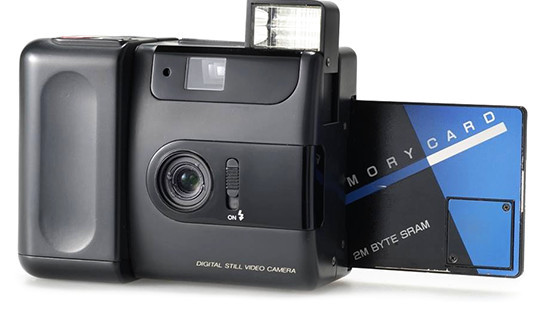
As sensor resolution has increased and 4k video becomes commonplace, the need for constant technological development to store digital data has persisted. Before SD became ubiquitous in the consumer photography world, there were many efforts to create removable solid state storage for digital cameras.
The hodgepodge of formats also meant we needed one of these to read them all.
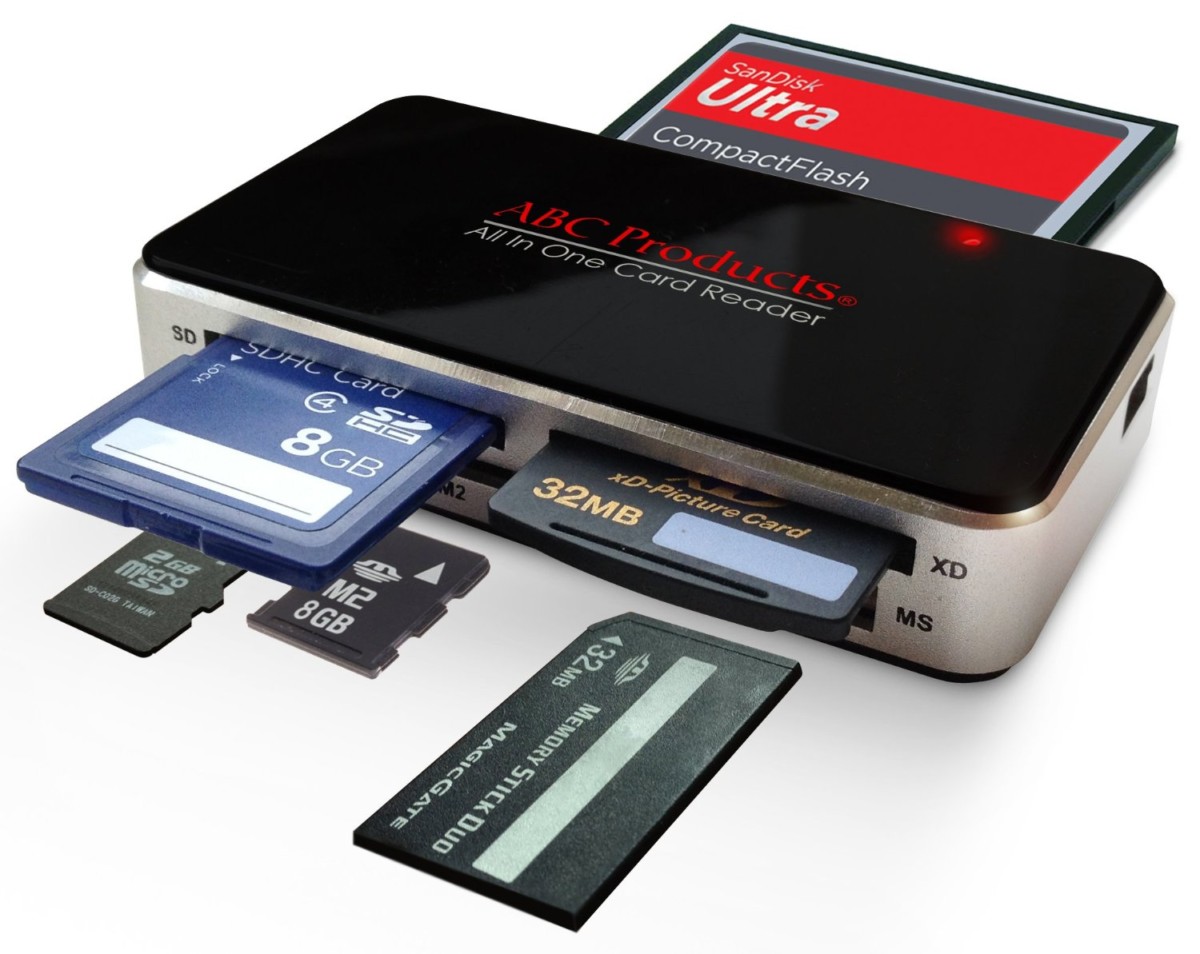
Fortunately, as the industry as matured, the choices have become more standardized. Let’s take a little trip down memory lane to see how many of these media types you remember.
Fuji MC-1P (1988)

With the announcement at Photokina 1988, the Fuji DS-1P became the world’s first fully digital camera that stored images to a semiconductor-based memory card. The card was the MC-1P which had a maximum capacity of 2MB – tons of space for a camera (only sold in Japan) that only had a 400 kilopixel sensor.
Fuji IM-8S (1989)

The next year, Fuji went commercial with the slimmer DS-X camera which featured a new storage type. The IM-8S used a CR2016 battery and could store up to 21 color images. The New York Times called it “a harbinger of a new kind of filmless photography.”
CompactFlash (1994)

Twenty-three years after its introduction by SanDisk, CF cards are still supported by Nikon and Canon’s flagship cameras. Perhaps the only downside is the relatively large size, which prohibits its use in smaller point-and-shoot and cellphones where SD reigns supreme.
Miniature Card (1995)
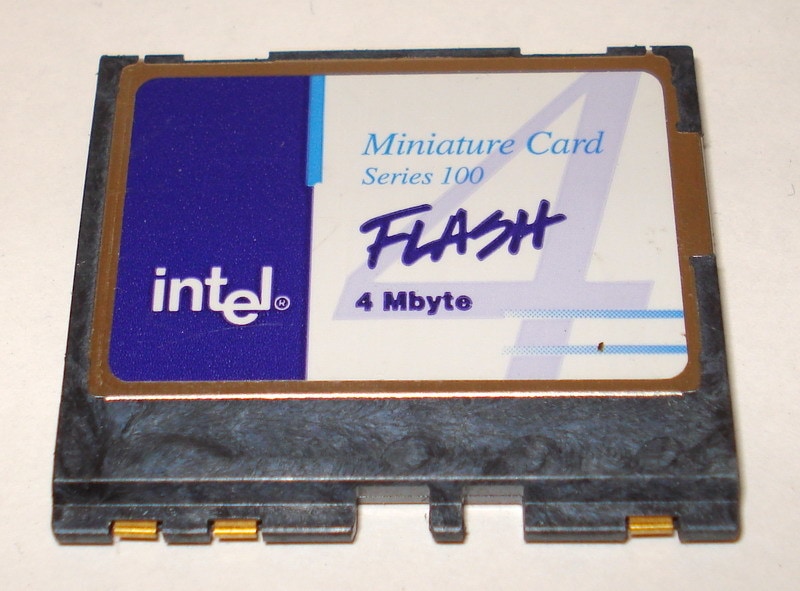
Photo by Alecv
AMD, Fujitsu and Sharp backed the Miniature Card (aka Mini Card), but you likely have never seen one since the format was more likely to be used in early PDAs, digital audio recorders and handheld PCs.
SmartMedia (1995)
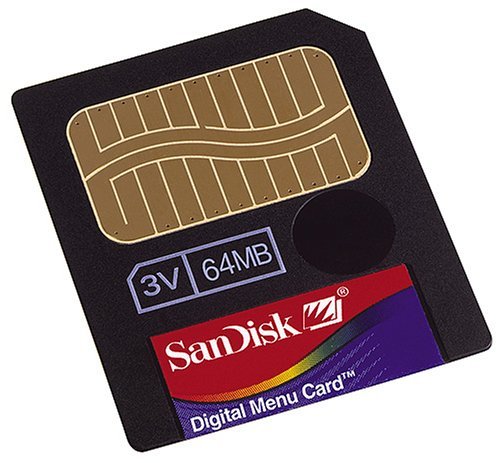
In 1995, Toshiba launched a new form of NAND flash media called SmartMedia. With a capacity ranging from 512kb to 128MB, SmartMedia lasted all the way into the early 2000s. Because USB technology hadn’t been developed yet, the SmartMedia was inserted into a floppy disk reader for image transfer. Speaking of which, SmartMedia topped out at data transfer rate of 2MB/sec
MultiMediaCard (1997)
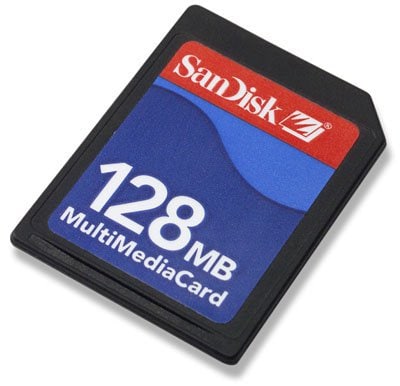
SanDisk and Siemens AG developed this precursor to SD, which featured a much smaller size and simplified pin-count compared to technologies like CF. Although you’re unlikely to be inserting an MMC card yourself, the format is still used in devices its embedded format (eMMC).
Memory Stick (1998)
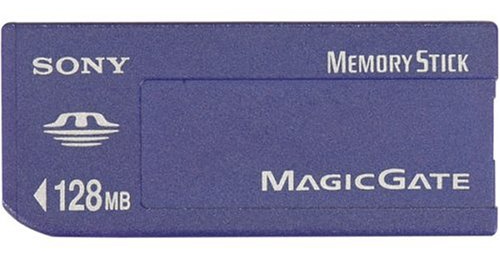
With a form factor similar to a small piece of chewing gum (and a purple color to entice), Sony launched Memory Stick as a proprietary storage type that worked in their video and still cameras. Smaller variants included the Memory Stick Duo and Memory Stick Micro.
Microdrive (1999)
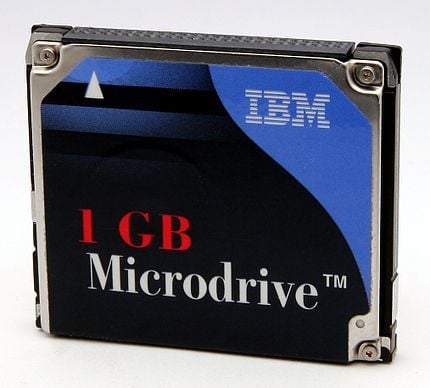
As the world moved to solid state, IBM (along with Hitachi) decided that miniature spinning drives had a place in the world. These tiny 1” hard drives fit into the CompactFlash Type II slots, but reliability and durability issues made this type of storage impractical. Microdrives all but ceased to exist by 2006.
SD (1999)
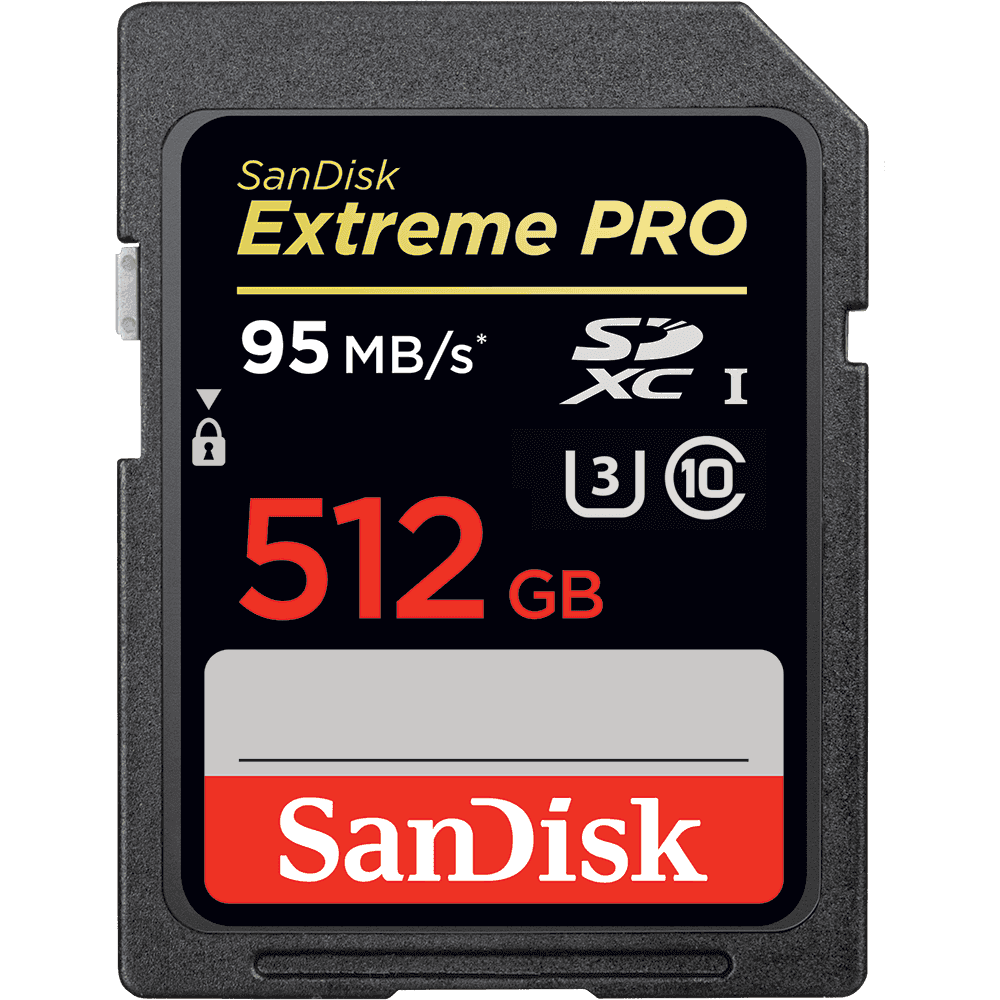
SanDisk, Panasonic and Toshiba jointly developed the SD spec, and later formed the non-profit SD Association to guide the standard’s development. The format’s small size combined with continued consortium-based development of the spec has made SD the format of choice for nearly 2 decades.
And despite Apple’s insistence that we will wirelessly beam all our photos, I’m still requesting they bring back the SD card reader into their laptops!
xD (2002)
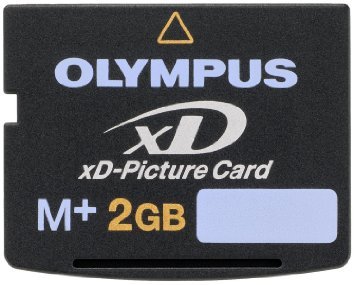
Olympus and Fujifilm teamed up to create this proprietary format as a competitor to the SD standard. But poor adoption – undoubtedly hurt by the proprietary licensing scheme – doomed the format to the history books while SD made huge headway into consumer devices in need of flash storage.
CFast (2009)
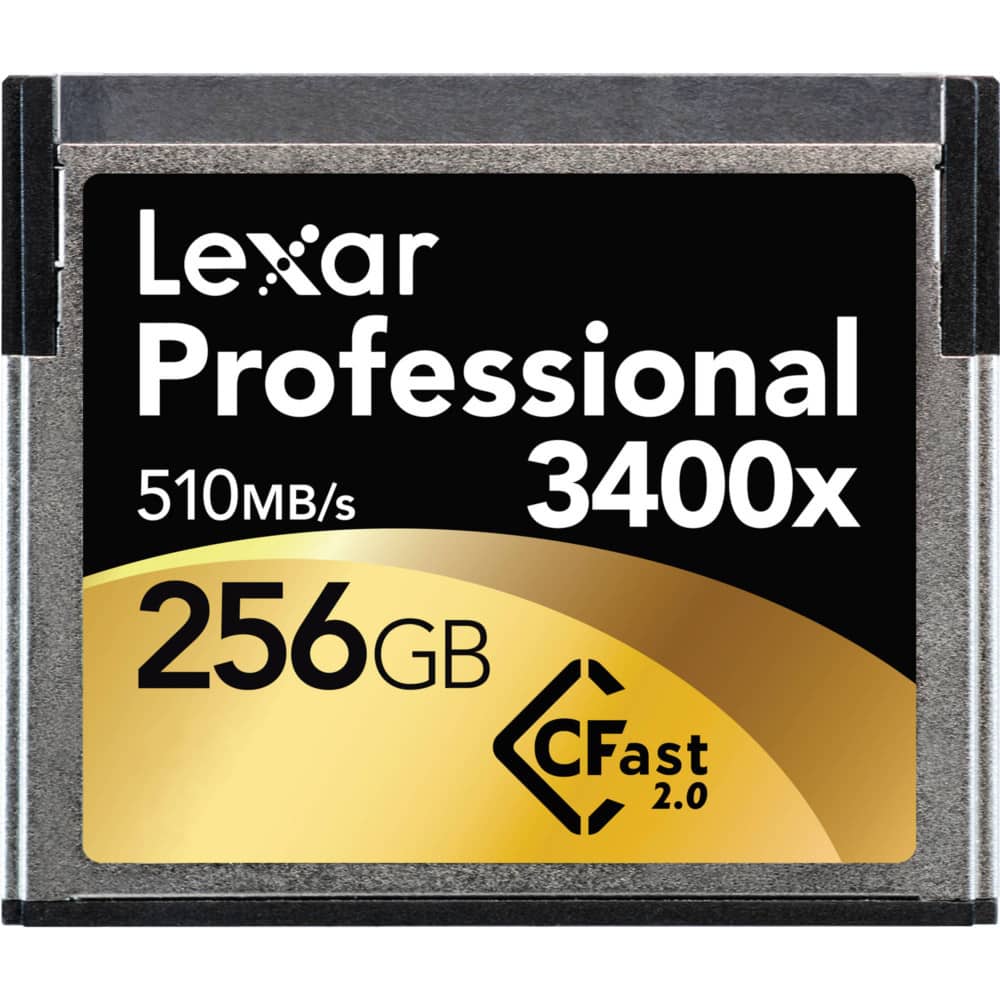
Although a variant of CompactFlash, CFast cards are neither electrically or physically compatible. Nevertheless, transfer rates of up to 600 MBytes/s make it the format of choice for motion camera cameras manufactured by Arri, Canon and Blackmagic Design.
XQD (2012)
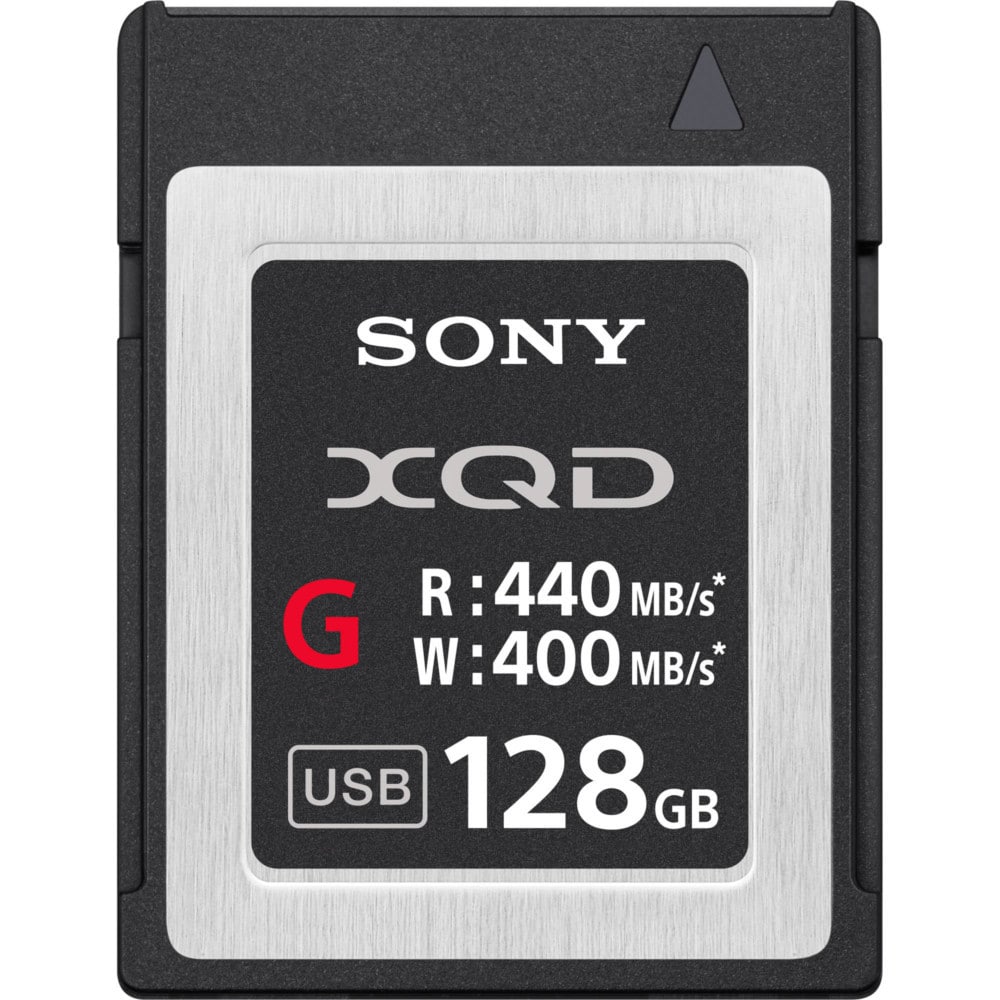
Although adoption has been somewhat limited, XQD is one blazingly fast format which makes it suitable for cameras like the Nikon D5, which can shoot 12fps.
***
From 2MB in 1988, we’ve come a long way. The most recently announced SD cards sport 1TB of storage, while Sony’s G-Series XQD cards have a write speed of 440MB/s. You won’t be running out of storage anytime soon.


